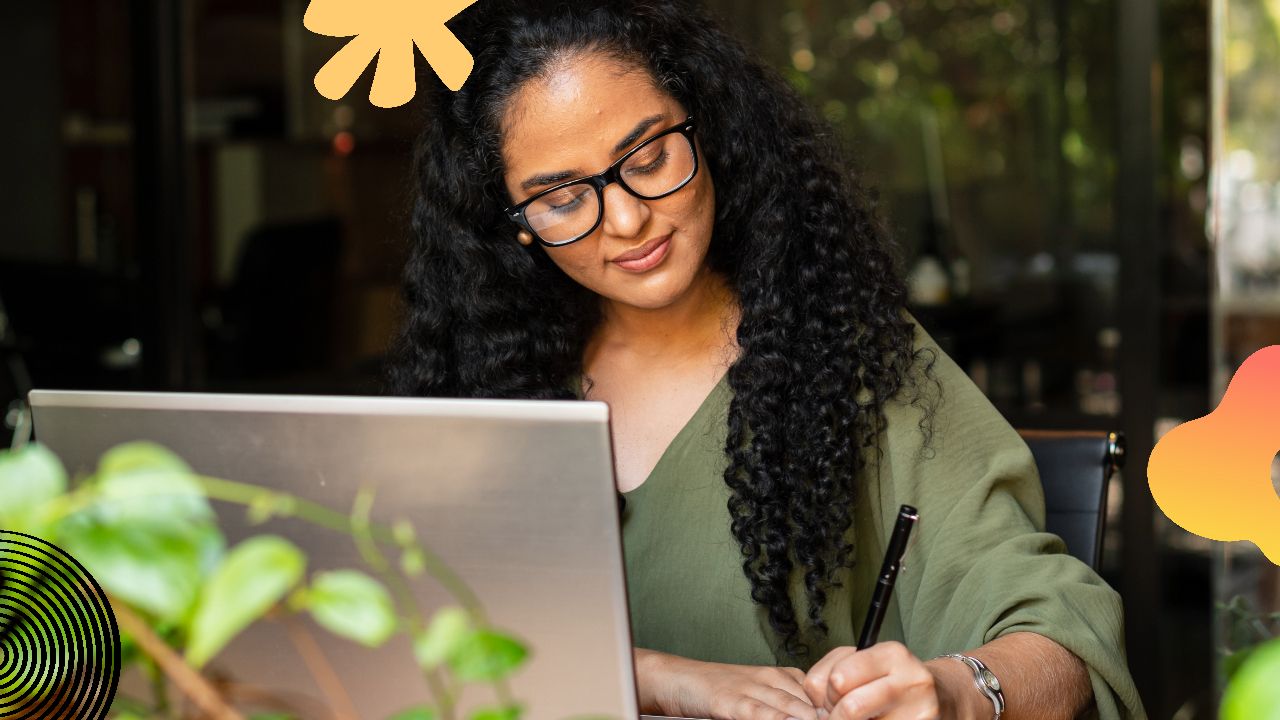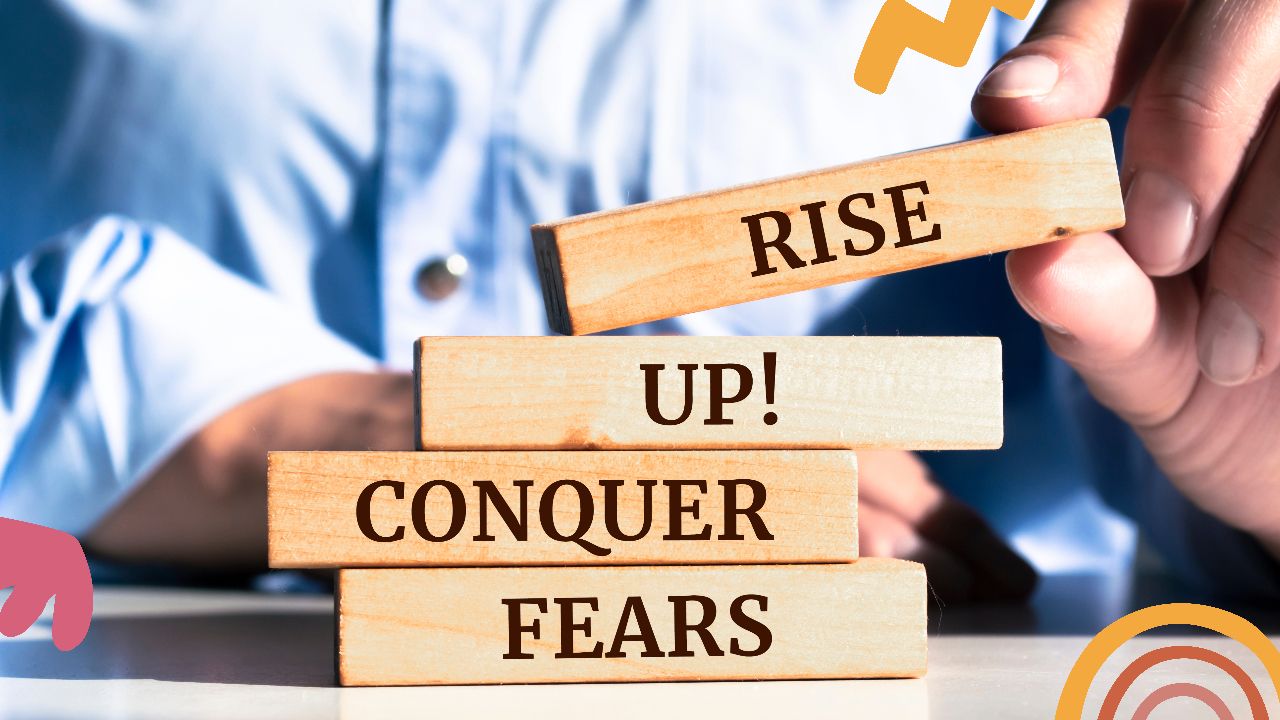How to Ground Yourself: A Guide to Mental & Emotional Self-Care
By Marco Franzoni • August 19, 2023

In our fast-paced world, filled with noise, distractions, and constant pressure, the question often arises: What does it mean to ground yourself? Grounding, or learning how to ground yourself, is not merely a buzzword; it's an essential practice for maintaining mental and emotional stability. Whether it's through physical techniques that help us connect to the earth or mental techniques that center our thoughts, grounding has profound effects on our well-being.
Imagine standing barefoot in the grass, feeling the connection between your feet and the earth. Think about the calming sensation of taking slow, mindful breaths as you focus on the present moment. These are examples of grounding techniques that create calm within your body, offering a respite from the daily grind.
The value of grounding in mental and emotional self-care cannot be overstated. Grounding helps us:
- Avoid Catastrophizing: By anchoring ourselves in the present, we can prevent our minds from spiraling into anxiety and despair.
- Get a Different Perspective: Grounding allows us to step back and see situations more clearly, leading to more effective problem-solving.
- Enhance Emotional Well-being: Through grounding methods like finding magic in music or doing something soothing and tactile, we nourish our emotional health.
- Build Mental Fitness: Cognitive mindset shifts, as part of grounding, help us improve mental well-being by reframing the cycle of thinking.
Whether you're a seasoned practitioner of mindfulness or just beginning to explore how to create a self-care plan, accepting feedback, understanding the art of grounding is crucial. The techniques to ground yourself are diverse and cater to different preferences and needs, ranging from physical grounding techniques that connect you with nature to emotional self-care techniques that nurture compassion for yourself.
Remember, grounding is not a fleeting trend; it's a way of life. Embracing these practices can help you find support in connection, make friends with your inner critic, and root to your purpose in a world that often feels unsteady. Grounding reminds us that everything is temporary, and with the right approach, we can navigate life with grace and balance.
Join our Newsletter
Transform your career with our personal growth insights. Get one valuable tip right in your inbox every Saturday morning.
How to Ground Yourself: Techniques and Tips
Learning how to ground yourself is a deeply personal journey that encompasses a range of physical, mental, and emotional techniques. Below, we'll explore various methods to help you stay rooted and balanced in today's complex world.
Techniques to Ground Yourself, from Physical to Mental Strategies
- Physical Grounding Techniques: These include activities such as walking barefoot on grass, doing yoga, or engaging in physical exercise. They connect your body with the earth and your surroundings, creating a calming effect.
- Mental Grounding Techniques: Practices like mindful breathing and meditation focus your thoughts and help in reframing the cycle of thinking. These cognitive mindset shifts anchor your mind, allowing you to think more clearly and calmly.
- Emotional Grounding Techniques: Building on emotional self-care, such methods involve nurturing compassion for yourself, practicing gratitude, or engaging in activities that make you feel happy and fulfilled.
Emotional Self-Care Techniques for Holistic Wellness
Holistic wellness involves taking care of your entire being—body, mind, and soul. Here's how emotional self-care techniques contribute to this approach:
- Connecting with Emotions: Recognize and accept your emotions without judgment. This acceptance helps in managing your inner critic and enhancing emotional well-being.
- Practicing Mindful Breathing: Conscious and attentive breathing exercises can regulate emotions and induce a feeling of calm.
- Crafting a Self-Care Plan: Creating an individual self-care plan that resonates with your needs can be a game-changer. From pampering yourself with a spa day to engaging in hobbies, find what nurtures your soul.
To learn more about self-care check out our take on Why You Should Learn To Love Yourself First. And If you're interested in enhancing your lifestyle read our blog post on 20 daily habits to track for improved mental wellness that will help you change your day to day routine.

Using Nature, Music, and Tactile Experiences to Ground Yourself
Another beautiful aspect of grounding is finding magic in ordinary experiences. Here are some ways to use nature, music, and tactile experiences to ground yourself:
- Get Out in Nature: Whether it's a walk in the park or a weekend in the mountains, connecting with nature can rejuvenate your mind and body.
- Find Magic in Music: Music has the power to evoke emotions, soothe the soul, and transport you to a different place. Create playlists that resonate with your mood and let the music heal you.
- Do Something Soothing and Tactile: Engaging in hands-on activities like cooking, painting, or gardening can be incredibly grounding. These experiences connect you with your senses and provide a meditative quality.
The above techniques and tips offer a diverse toolkit for anyone looking to learn how to ground themselves. From physical techniques that create calm within your body to emotional self-care techniques that nurture a holistic approach to well-being, grounding is a multifaceted practice that can be personalized to fit your needs. Remember, grounding is not just a one-time act but an ongoing practice, and incorporating these methods into your daily routine can lead to significant improvements in your overall well-being.
Grounding Techniques: A Comprehensive Guide
Grounding techniques are strategies that help anchor you in the present moment, often used to manage anxiety, stress, and other overwhelming emotions. Let's delve into different grounding methods, including physical, mental, and emotional grounding techniques, and explore how cognitive mindset shifts can aid in reframing your thinking.
To better master these grounding techniques, this ultimate guide on How to find life balance in 10 simple steps will be the stepping stone.
Understanding Different Grounding Methods
- Physical Grounding Techniques:
- Body Awareness Exercises: Activities like yoga and mindful walking that emphasize conscious movements and sensations.
- Breathing Exercises: Types of breathing like deep, diaphragmatic breathing can calm the nervous system and bring awareness to the present.
- Mental Grounding Techniques:
- Mindfulness Practices: Being fully present in the moment, noticing sensations, thoughts, and emotions.
- Visualization: Imagining a safe or calming place can provide an anchor when emotions feel overwhelming.
- Emotional Grounding Techniques:
- Emotional Self-Care: Engaging in activities that nurture your emotional well-being, such as reading, painting, or spending time with loved ones.
- Emotional Regulation Strategies: Techniques like journaling or speaking with a therapist to process emotions constructively.
Cognitive Mindset Shifts and Reframing Your Thinking
Cognitive mindset shifts involve changing the way you think about a situation or yourself, helping you see things from a different perspective. Here's how to incorporate this into your grounding practices:
- Reframing Negative Thoughts: Challenge negative or distorted thoughts by looking for evidence that contradicts them, finding a more balanced view.
- Avoiding Catastrophizing: Instead of imagining the worst-case scenario, practice identifying your circle of control and focusing on what you can influence.
- Making Friends with Your Inner-Critic: Learn to recognize when your inner critic is speaking, and practice handling it by offering compassion and understanding to yourself.
- Finding Support in Connection: Building strong connections with friends, family, or support groups can be an essential part of grounding. Sharing thoughts and feelings with others creates a sense of belonging.
- Unmasking Social Conditioning: This involves becoming aware of societal influences and norms that may affect your thinking patterns. By unmasking these influences, you can reframe your thinking to align more authentically with your values and beliefs.
Grounding techniques are multifaceted and can be adapted to suit individual preferences and needs. By understanding the diverse methods and incorporating cognitive mindset shifts, you're not just reacting to stressful situations but creating a robust system to manage and thrive through them.
From physical techniques that create calm within your body to mental techniques that involve mindset shifts and reframing the cycle of thinking, grounding offers a comprehensive approach to enhance mental health and overall well-being. Experiment with different strategies to find what resonates with you, remembering that like any skill, grounding takes practice and commitment.

Mental Fitness and Emotional Self-Care
Mental fitness is about building mental muscles to improve mental well-being, resilience, and emotional strength. It's not just about managing stress but embracing a lifestyle that nurtures the mind. Similarly, emotional self-care focuses on fostering compassion and kindness towards oneself, maintaining emotional well-being. Let's explore these aspects in detail:
Building Mental Muscles and Improving Mental Well-Being
Just like physical muscles, mental muscles can be strengthened with regular exercise and the right practices. Here's how to ground yourself and build mental fitness:
- Mental Techniques: Engage in cognitive mindset shifts, like reframing negative thoughts or avoiding catastrophizing, to enhance mental resilience.
- Mindful Breathing: Conscious and attentive breathing exercises can calm the mind and foster a connection with the present moment.
- Finding Support in Connection: Engage with supportive networks, such as friends or professional support, to nourish mental well-being.
- Root to Your Purpose: Aligning with personal values and finding meaning in daily activities can provide mental strength.
Approaches to Nurture Compassion for Yourself and Maintain Emotional Well-Being
Emotional self-care is about treating yourself with the same kindness and understanding as you would a dear friend. Here's how to cultivate emotional wellness:
- Emotional Self-Care Techniques: Engage in activities that nurture your emotional well-being, from enjoying hobbies to spending quality time with loved ones.
- Make Friends with Your Inner-Critic: Learn handling the inner critic by recognizing its voice and responding with compassion rather than criticism.
- Soft Skills for Emotional Wellness: Developing skills like empathy, communication, and self-awareness are essential for nurturing compassion for yourself and building emotional intelligence.
- Remember, Everything is Temporary: Emotions come and go; acknowledging this impermanence can help in managing intense emotions and maintaining emotional balance.
Mental fitness and emotional self-care are vital components of holistic wellness. They allow you to navigate life's ups and downs with resilience, grace, and a grounded sense of self. By adopting these mental and emotional self-care techniques, you empower yourself to live a more fulfilling and centered life. Whether it's physical techniques to create calm within your body or strategies to manage your inner critic, each step you take towards mental and emotional care is a step towards a more balanced and joyful life.
Mindful Breathing & Physical Techniques for Calmness
In the chaos of daily life, the ability to ground oneself can be a powerful tool for maintaining equilibrium and calmness. Mindful breathing and physical techniques are instrumental in creating harmony within the body and mind. Let's explore these practices:
Exploring Mindful Breathing and Conscious Attentive Breathing Exercises
Mindful breathing is a practice that centers on being fully present with each breath, promoting relaxation and presence of mind. Here are some approaches to mindful breathing:
- Conscious Breathing: Focusing on the breath and observing its natural rhythm can lead to a state of calm and centeredness.
- Breathing Exercises: Techniques like deep inhalation followed by slow exhalation can be practiced to foster relaxation and decrease stress.
- Types of Breathing: Experimenting with different types of breathing, such as diaphragmatic or rhythmic breathing, can allow you to discover what resonates with you.

Grounding Techniques that Create Calm Within Your Body and Foster Physical Well-Being
Physical techniques for grounding help connect you with your body, enhancing physical well-being. Some of these methods include:
- Physical Grounding Techniques: Engaging in activities like walking barefoot on grass or immersing your hands in cool water can provide a tactile connection to the present.
- Finding Magic in Nature: Spending time in nature, such as a garden or a beach, can be soothing and grounding.
- Generativity vs Stagnation: Understanding and embracing this concept in physical practice can help foster growth and prevent stagnation within your physical well-being.
- Yoga and Body Movement: Activities like yoga or dance allow you to move with intention, connecting with your body and grounding yourself.
Mindful breathing and physical techniques offer a path to calmness and centeredness. By engaging in these practices, you not only enhance your ability to stay grounded in the present but also nurture your overall well-being. Whether it's through attentive breathing exercises or grounding techniques that create calm within your body, these practices can become valuable components of your self-care plan, providing you with tools to navigate life's challenges with grace and serenity.
For more strategies and insights, consider reading our article about understanding how to calm anxiety at work.
Crafting Your Self-Care Plan
In a world filled with responsibilities and stressors, self-care isn't just a luxury; it's a necessity. Crafting a self-care plan that's tailored to your individual needs can be the key to maintaining balance and well-being. Here's a step-by-step guide to creating your self-care plan and integrating grounding methods:
Creating a Self-Care Plan that Suits Your Individual Needs
- Identify Your Needs: List what nourishes your mind, body, and soul. Whether it's regular exercise, time with loved ones, or mindful breathing, recognizing what you need is the first step.
- Set Realistic Goals: Choose achievable and specific self-care strategies. Break them down into manageable steps.
- Schedule Time: Allocate regular time in your schedule for self-care activities. This creates consistency and ensures that you prioritize your well-being.
Integrating Grounding Methods and Self-Care Strategies
- Choose Grounding Techniques: Select grounding methods that resonate with you, be it physical grounding techniques, mental grounding techniques, or emotional self-care techniques.
- Blend with Existing Routine: Integrate these grounding techniques with your daily routines, so they become part of your lifestyle.
- Monitor and Adjust: Regularly assess your self-care plan to ensure it meets your needs. Be flexible and willing to make adjustments as necessary.
Crafting a personalized self-care plan is a dynamic process that requires introspection, planning, and commitment. By thoughtfully integrating grounding methods and other self-care strategies, you can create a plan that not only nurtures your well-being but also aligns with your unique life and needs. Remember, self-care is not selfish; it's an essential part of living a balanced and fulfilling life.

Managing Your Inner Critic and Conclusion
Dealing with the Inner Critic
The journey to grounding yourself isn't solely about external practices and techniques; it's about an inner transformation. Often, our harshest critic is the voice within. Dealing with the inner critic means recognizing that this voice doesn't define you. It's about understanding that it's merely a part of you and learning to make friends with your inner-self. Handling the inner critic requires self-compassion, patience, and the willingness to look beyond criticism to discover your true self.
Rooting to Your Purpose
Connecting with your core values and rooting to your purpose brings an immense sense of peace and direction. This connection allows you to navigate the ups and downs of life, knowing that everything is temporary. When you ground yourself in what truly matters, you gain perspective and resilience, embracing life's impermanence with grace.
Concluding Thoughts and Encouragement
Grounding yourself is a multifaceted journey that involves physical, mental, and emotional layers. From mindful breathing to dealing with the inner critic, it's about creating harmony within yourself. It's a practice that reminds you to stay present and rooted in what's essential. Embracing a positive mindset helps foster this connection, enabling you to navigate life's complexities with ease and confidence.
Take the time to invest in these practices, knowing that you are worth the effort. Let this guide be a starting point to a life filled with mental and emotional balance. Remember, the journey to grounding yourself is an ongoing process, a loving commitment to yourself that paves the way for a fulfilling and centered life.
If you're interested in understanding how grounding aligns with Erikson's stages of psychosocial development, check out our article on Erikson's Stages of Psychosocial Development Explained.
Read more about: Well-being